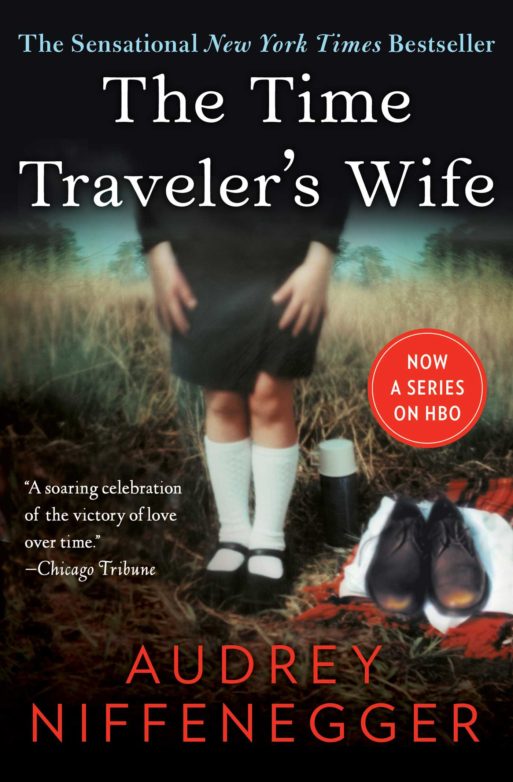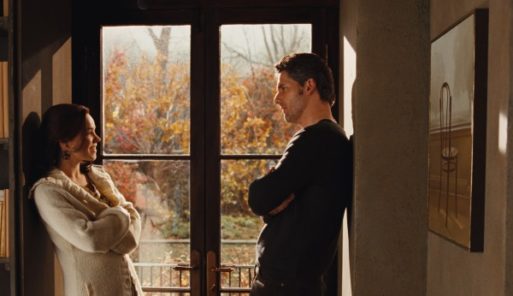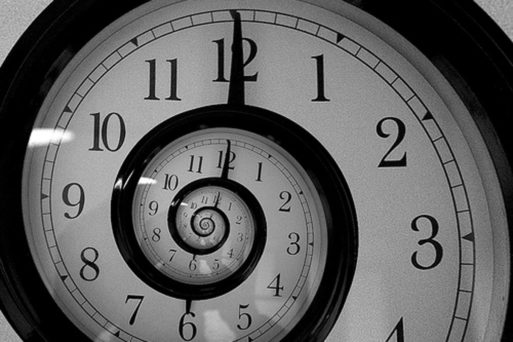 Audrey Niffenegger’s 2003 novel “The Time Traveler’s Wife” is an American contemporary best-seller for adults and young-adults alike. The story follows Clare and Henry DeTamble, a couple just like any other — except for the fact that Henry is a time traveler.
Audrey Niffenegger’s 2003 novel “The Time Traveler’s Wife” is an American contemporary best-seller for adults and young-adults alike. The story follows Clare and Henry DeTamble, a couple just like any other — except for the fact that Henry is a time traveler.
Henry has a genetic disorder, known as “chrono-impairment,” that causes him to sporadically and involuntarily travel through time. Discovered when he was just five years old, the disorder causes Henry to jump forward and backwards through the moments in his life, sometimes disappearing from the present-day for days, weeks or months at a time.
During one of his visits into the past, Henry is a 28-year-old bachelor working at a bookstore when a beautiful woman named Clare approaches him and begins talking about their wonderful life together — a life that, at that moment in his time, hasn’t happened yet. Confused and a bit flattered, Henry asks Clare on a date.
The two have a very obvious intimate connection, and it is later revealed through alternate narration that Clare has known Henry since she was a little girl. At one point, Henry time-travels to meet Clare as a six-year-old when he is 43. Eventually, Henry and Clare are close enough in age to get married, and their complicated journey continues.
Niffenegger’s book highlights the longing, heartache, frustration, confusion, intensity, and passion associated with loving someone who can no longer be with you.

Marriage as a Time Traveler can be complicated
(Credit: www.theguardian.com)
It is heavily influenced by themes of love and loss — subjects that are applicable to everyone’s life, and especially those who have dealt with or who are currently struggling with the death of a loved one. Many times throughout the novel, Clare is left alone in the present to wonder where Henry is, if he is okay, and when she will see him again — questions that might cross the mind of any person recently affected by death. Additionally, both Henry and Clare lose a parent, and Clare suffers numerous miscarriages.
In a way, Henry’s time traveling can be seen as a metaphor for personal reflection on one’s life. After his mother dies, he often travels back in time to be with her: as a child, as a bystander on a public train, and as an adult. This ability to revisit his dead mother reminds the reader of the importance of cherishing loved ones while there is still time, because, unlike Henry, most of us will not be given a second chance. In the book, Clare, who is living in linear time, cannot return to the past to see her father. Instead, she asks Henry to reflect on him through his travels and report back to her.

Credit: inquisitr.com
After a loved one dies, the longing to be near them again is intense and very painful. But as we go through the grieving process, we come to the realization that the ones we love never really leave us, and in some ways are closer to us after death than ever before. Niffenegger alludes to this aspect of loss after Henry dies. Because he is a time traveler, he is able to travel back in time to his life before death, where he can briefly see his children and Clare. During one of these encounters, Henry appears in a field where his daughter is standing, and she runs to get Clare before he travels again. Clare drops what she is doing and runs to embrace him, and the two share a tender moment of reunion right before he disappears.
In the same way, as we look into our own experience, we can see that our loved ones who have died reappear throughout our lives. They watch over us, and appear as little daily reminders that lift us when we are down, calm us when we are panicked, and love us when we feel unlovable. All we need to do to feel their presence is use our imagination to travel back in time.

 “The Time Traveler’s Wife” by Audrey Niffenegger
“The Time Traveler’s Wife” by Audrey Niffenegger


 Recovering Cremation Remains After the Los Angeles Fires
Recovering Cremation Remains After the Los Angeles Fires
 “As Tears Go By” by Marianne Faithfull
“As Tears Go By” by Marianne Faithfull















